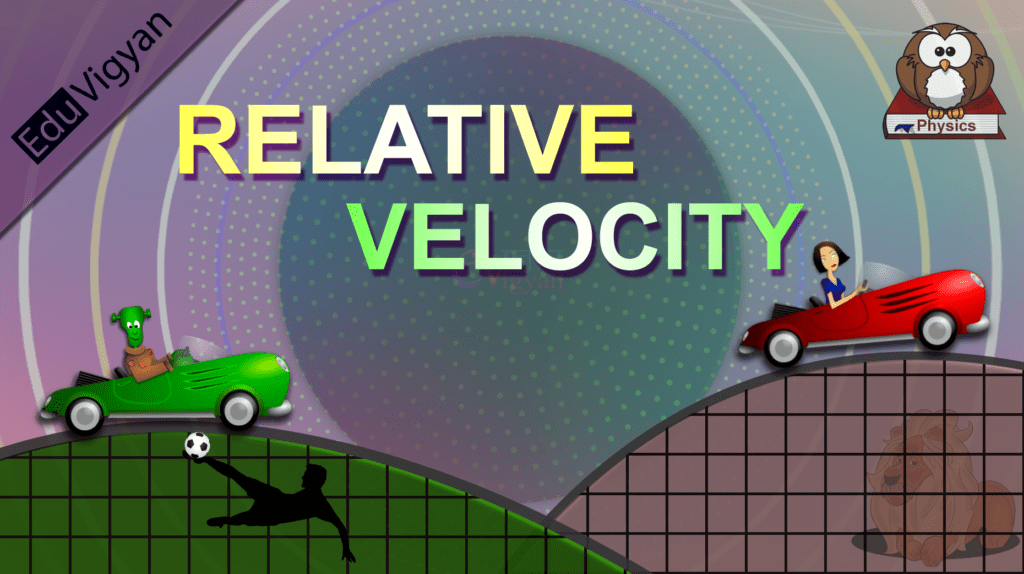When you sit on a moving train and you are looking outside from the window of your train then you see that everything is speeding except your train. And if suddenly another train which is coming from the opposite direction crosses you then the velocity of another train appears to be quite larger than it has.

Two trains headed in the same direction (Credit: Pinterest)
Also, you might be noticed that when two trains are moving in the same direction at the same speed and you sit into one of the trains then the velocity of another train appears to be smaller than it has. In all of these physical phenomena, there is one thing that is common in them. And it is called Relative Velocity.
Suppose two trains, train A and train B are going in the same direction at the same speed and you are standing at the ground. If I fix the reference frame on you then you see that everything is static except Train A and Train B. But if I fix the reference frame on Train A then the passenger on the train A sees that everything is moving except train B.

In another case, suppose that train A and train B are going in the opposite direction at the same speed. Now if I fix the reference frame on you then again you see that everything is static except Train A and Train B. But if I fix the reference frame on train A then the passenger on train A sees that things are moving in the opposite direction with the same speed of his train but he sees the speed of Train B double than what you are seeing.

From these examples, it is clear that the velocity of an object depends on the reference frame chosen by us.
If someone asks you, what is your velocity? then this question must be incomplete. For example, if you are sleeping in your bedroom then still you may not be static. Your speed is almost 1670 km/h relative to an observer sitting in space near Earth. And your speed will be different relative to an observer sitting in another galaxy. But don’t worry; you are static relative to Earth.
The formula for the Relative Velocity
Let object A has velocity \vec{V}_{AE} relative to Earth and object B has velocity \vec{V}_{BE} relative to Earth.
Then the velocity of object A relative to the object B is given by;
\colorbox{aqua}{$\vec{V}_{AB}=\vec{V}_{AE}\ -\ \vec{V}_{BE}$}
If you are sitting on an object then the velocities of all other objects in this universe relative to you will be the difference between their velocities and your velocity.
